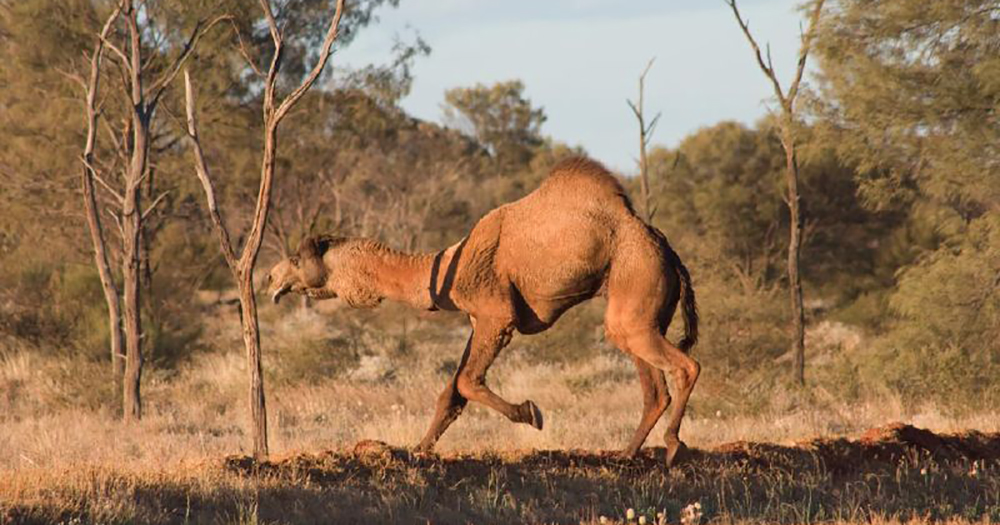On Jan. 8, snipers took to the air in helicopters to begin a mass culling of up to 10,000 feral camels in the Australian state of South Australia, The Australian reported.
The green light for the five-day cull was given by Aboriginal leaders in the north-west region of the state as the drought had driven the animals to venture into remote Aboriginal communities in search of both water and food, 9news and news.com reported.
Camels are attempting to drink the water from air-conditioners
In highlighting the severity of the problem, an executive board member for Aṉangu Pitjantjatjara Yankunytjatjara Lands (APY) stated that her community had been left in "stinking hot and uncomfortable conditions" as a result of camels knocking down the fences of houses to drink the water from air-conditioners.
She was echoed by South Australia's Department for Environment and Water which said that the camels were damaging the infrastructure of the Aboriginal communities and endangering their lives, news.com highlighted.
As per the Department:
"An estimated 10,000 camels are flocking to available water sources, including tanks, taps and any available water in communities. This has resulted in significant damage to infrastructure, danger to families and communities, increased grazing pressure across the APY Lands and critical animal welfare issues as some camels die of thirst or trample each other to access water."
A spokesperson for the department also noted that the dead animals had contaminated water sources and cultural sites in some cases, CNA further reported.
Australia has over 1 million feral camels
News.com added that as of 2008, there were over a million camels in Australia roaming across the inner arid regions of Western Australia, South Australia, Queensland and the Northern Territory.
Many of the animals have since spread into other regions, such as farmland in the southeast coastal district of Western Australia, so as to migrate away from drier conditions.
First introduced to Australia around 1840, they are largely considered a pest as they contaminate water sources and trample native plants amidst their daily foraging, which covers vast distances, The Straits Times reported.
They are also considered to be a source of greenhouse gases, given that the amount of methane their population emits is equivalent to one tonne of CO2 gases annually.
The spokesperson for South Australia's Department for Environment and Water further pointed out that while traditional owners in the APY Lands have mustered feral camels for sale, "this has been unable to manage the scale and number of camels that congregate in dry conditions".
Here's how the drought is affecting other animals in Australia
Top image from Alessandro via Flickr
If you like what you read, follow us on Facebook, Instagram, Twitter and Telegram to get the latest updates.
